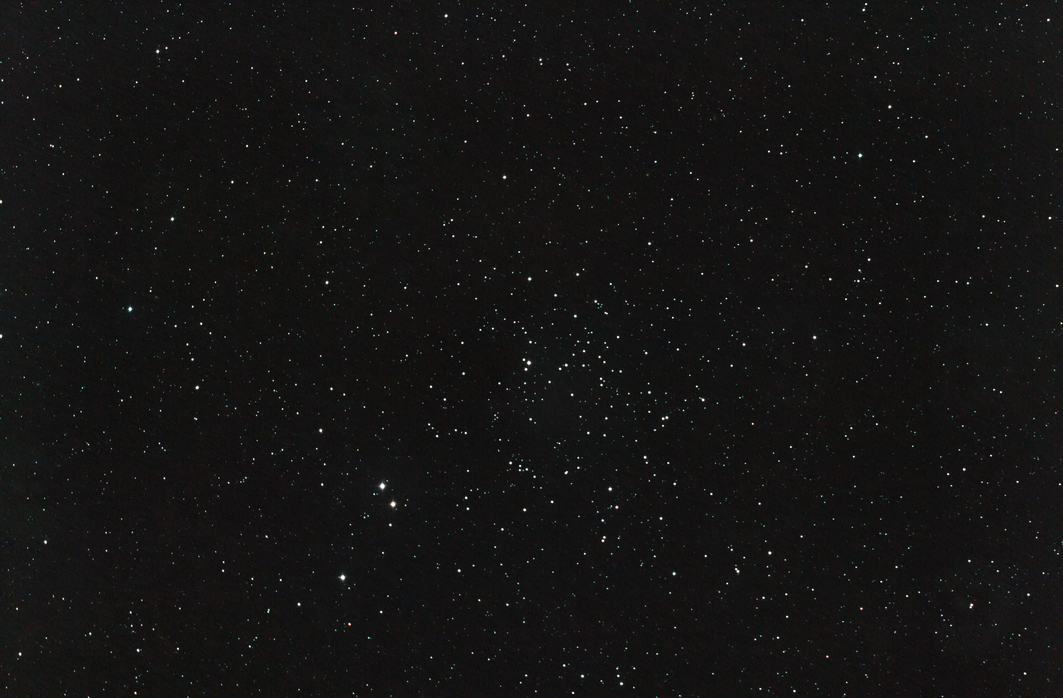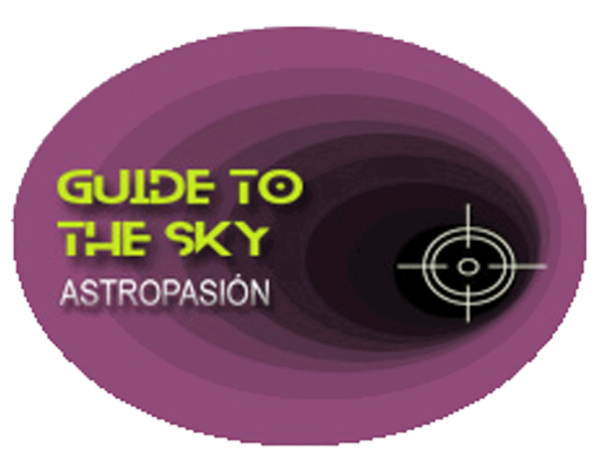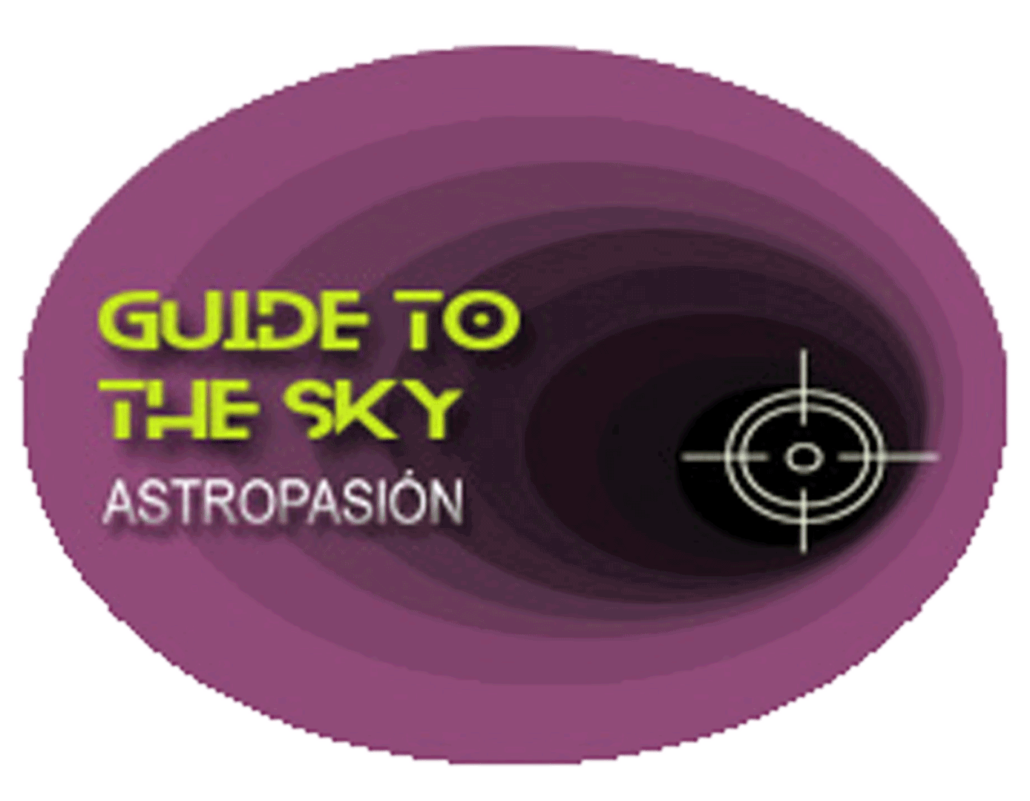NGC 752 - Andromeda

Las últimas medidas de distancia lo sitúan aproximadamente a {{ object[0].NGC752.mesDistances[0].dist }} {{ object[0].NGC752.mesDistances[0].unit }} de nuestro Sol, desde nuestra visual tenemos un tamaño angular de {{ object[0].NGC752.angularN }} x {{ object[0].NGC752.angularM }} por tanto, se puede calcular un tamaño aproximado del orden de 7.5pc o 25 años luz .
NGC 752 es bastante brillante, de la 5.7 magnitud, y brilla 30' al NE de un par de estrellas de la 6ª magnitud, una de ellas es la 56-And. NGC 752 está compuesto principalmente, por estrellas de la 8ª y 9ª magnitud, aunque contiene una de la 7.10. Por cierto que un par de grados al SW de NGC 752 hay un poblado grupo de galaxias aunque muy débiles, de una magnitud del orden de la 14ª.
NGC752 - - en la IA
NGC 752 is a fascinating open cluster located in the constellation Andromeda. Here's a breakdown of its key features and what makes it interesting:
Key Characteristics:
- Type: Open Cluster (also known as a Galactic Cluster)
- Constellation: Andromeda
- Distance: Approximately 1,300 light-years from Earth
- Age: Relatively old for an open cluster, estimated to be around 1.3 billion years old. This is significantly older than well-known open clusters like the Pleiades.
- Diameter: Roughly 49 light-years across.
- Number of Stars: Contains around 60-80 confirmed members.
- Brightness: Has an integrated visual magnitude of about +5.7, making it a relatively faint object. It can be glimpsed with the naked eye under very dark skies, but is better observed with binoculars or a small telescope.
- Coordinates: Right Ascension (RA): 01h 57m 41s, Declination (Dec): +37° 47' 00"
What Makes NGC 752 Interesting:
-
Age and Evolution: NGC 752's age is a key feature. Open clusters typically disperse over time due to gravitational interactions and tidal forces from the galaxy. NGC 752's survival for over a billion years makes it valuable for studying the long-term evolution of these stellar groupings. It provides insights into how stars within a cluster interact and how they are influenced by the surrounding galactic environment.
-
Stellar Population: The cluster is composed primarily of older, evolved stars. Many of the brighter stars in the cluster are red giants. The presence of a few "blue stragglers" - stars that appear hotter and bluer than they should be for their age within the cluster - is also of interest. These stars are thought to be formed through stellar mergers or mass transfer events between binary stars.
-
Observational Considerations: Because it is relatively faint and extended, NGC 752 is best viewed with low-power optics. Binoculars or a small telescope with a wide field of view are ideal for observing the cluster's scattered, loosely packed stars.
-
Location: Its location in Andromeda means it's in a part of the sky that is rich with deep-sky objects. The Andromeda Galaxy (M31) is relatively nearby, though much more distant.
Observing NGC 752:
- Best Time to Observe: Autumn and Winter, when Andromeda is high in the night sky.
- Equipment: Binoculars or a small telescope are recommended. A wide-field eyepiece will allow you to see the entire cluster at once.
- Location: Dark skies are essential for observing NGC 752, as light pollution can easily wash out the cluster.
In summary, NGC 752 is a fascinating and relatively old open cluster. Its age, stellar population, and loose structure make it a valuable object for astronomical study and a rewarding target for amateur astronomers seeking a challenge in the autumn and winter skies.
Más información sobre NGC 752 en NASA/IPAC.
Mapa alrededor de NGC 752
Otros identificadores de NGC752:
"[KC2019] Theia 1214","C 0154+374" ,"NGC 752" ,"OCl 363" ,"[KPR2004b] 25" ,"Cl Melotte 12" ,"[KPS2012] MWSC 0151",

